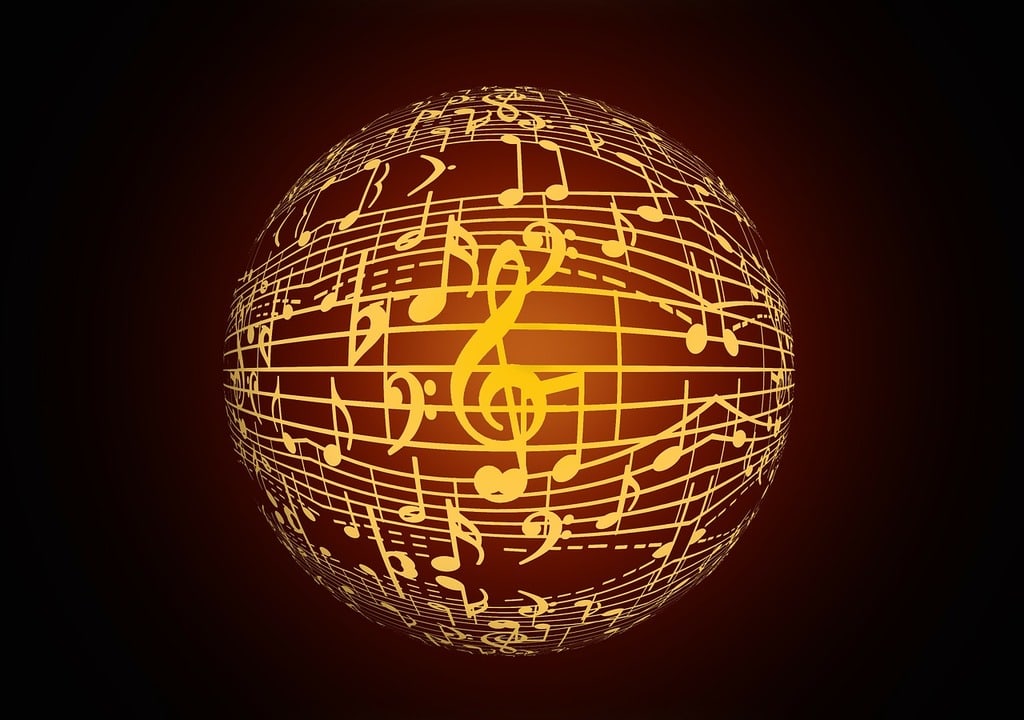Music has been a powerful medium of artistic expression for centuries, serving as a universal language that transcends cultural and linguistic boundaries. From the rhythmic beats of African drums to the complex compositions of classical music, every genre and style reflect the emotions, experiences, and history of its creators. Unlike other forms of art, music has the unique ability to evoke a vast range of emotions, from joy and excitement to sadness and nostalgia, often within the span of a single piece. This dynamic nature allows music to be both deeply personal and universally relatable.
Understanding music as a dynamic form of artistic expression
Music, at its core, is a combination of sound and silence arranged in patterns to convey an emotional or conceptual message. But it is not merely about notes and rhythms. The interplay between melody, harmony, and rhythm forms the foundation of what listeners perceive as music, yet the true artistry lies in how these elements are used to create a narrative or evoke a mood. Different cultures have harnessed these elements in unique ways, developing their own musical identities. Whether it is the distinct scales used in Middle Eastern music or the syncopated rhythms of Latin jazz, every musical tradition tells a story about the people who create and cherish it.
One of the most fascinating aspects of music as an art form is its adaptability. Composers and musicians often draw inspiration from diverse sources, blending genres and experimenting with sounds to push the boundaries of what is traditionally considered music. This innovation and fluidity are what make music a continually evolving form of artistic expression that reflects the changing nature of human society.

Music as a mirror of cultural identity
Music often serves as a reflection of cultural identity and heritage. It is deeply intertwined with social practices, rituals, and traditions, representing a community’s values and beliefs. For example, folk music in many societies captures the essence of everyday life, telling stories of love, hardship, and celebration. Similarly, spiritual and religious music has been used throughout history to provide a connection to the divine and to express devotion.
In modern times, popular music genres like hip-hop, reggae, and punk have emerged as forms of social commentary, addressing issues such as inequality, political unrest, and personal struggle. These genres often become anthems for social movements, uniting people through a shared sense of purpose and identity. As a result, music has the power not only to entertain but also to inspire change and foster a sense of belonging.
The emotional impact of music
Listening to music can be a deeply emotional experience. Scientific studies have shown that different types of music can influence mood and even physiological responses. For instance, an upbeat song might increase heart rate and energize the listener, while a soft, calming piece might slow down breathing and induce a state of relaxation. This emotional resonance is why music is often used in therapy and healing practices, helping individuals process emotions and cope with various mental health conditions.
Moreover, music is often used to enhance other art forms. In films and theater, for example, a carefully selected soundtrack can add depth to a scene, creating tension, excitement, or sadness. This symbiotic relationship between music and other forms of artistic expression highlights its versatility and its role in shaping human experience.
Different forms of musical expression
Musical expression takes many forms, from the structured compositions of classical music to the spontaneous improvisations of jazz. Each form provides a unique way of communicating with the audience. Below are a few key forms of musical expression :
- Melody: a sequence of notes that is musically satisfying. The melody is often the most recognizable part of a song and serves as its thematic core.
- Harmony: the combination of different musical notes played or sung simultaneously. Harmony adds richness and depth to a piece, often evoking complex emotions.
- Rhythm: the pattern of beats or stresses in a piece of music. Rhythm is what gives music its flow and can create a sense of movement or stillness.
- Dynamics: the volume of the music, ranging from soft (piano) to loud (forte). Dynamics contribute to the emotional intensity of a piece.
Each of these elements contributes to the overall expression of a musical work, allowing artists to experiment and communicate their ideas effectively.
Exploring the relationship between music and other art forms
The interaction between music and other art forms, such as dance, poetry, and visual arts, is a testament to its versatility. Music and dance have an especially close relationship, as rhythms and melodies often guide movement and expression. In poetry, music’s lyrical nature can enhance the meaning of the words, turning poems into songs that resonate on a deeper emotional level.
Visual arts, too, are often created with music as a source of inspiration. Abstract artists, for instance, might use music to guide their brushstrokes, translating auditory experiences into visual compositions. This cross-disciplinary influence enriches both the music and the art form it interacts with, offering audiences a multi-sensory experience.
The future of music as an art form
With advancements in technology, music continues to evolve in ways that were once unimaginable. Digital tools allow for complex compositions and innovative soundscapes that challenge traditional concepts of what music can be. This evolution is not confined to the sounds themselves but extends to the way music is consumed and shared. Streaming platforms and social media have transformed how audiences interact with music, making it more accessible while also changing the landscape for musicians and artists.
As music continues to evolve, it remains a powerful form of artistic expression that resonates with people around the world. Whether through a simple folk song or a complex electronic composition, the essence of music lies in its ability to connect, communicate, and inspire creativity.
